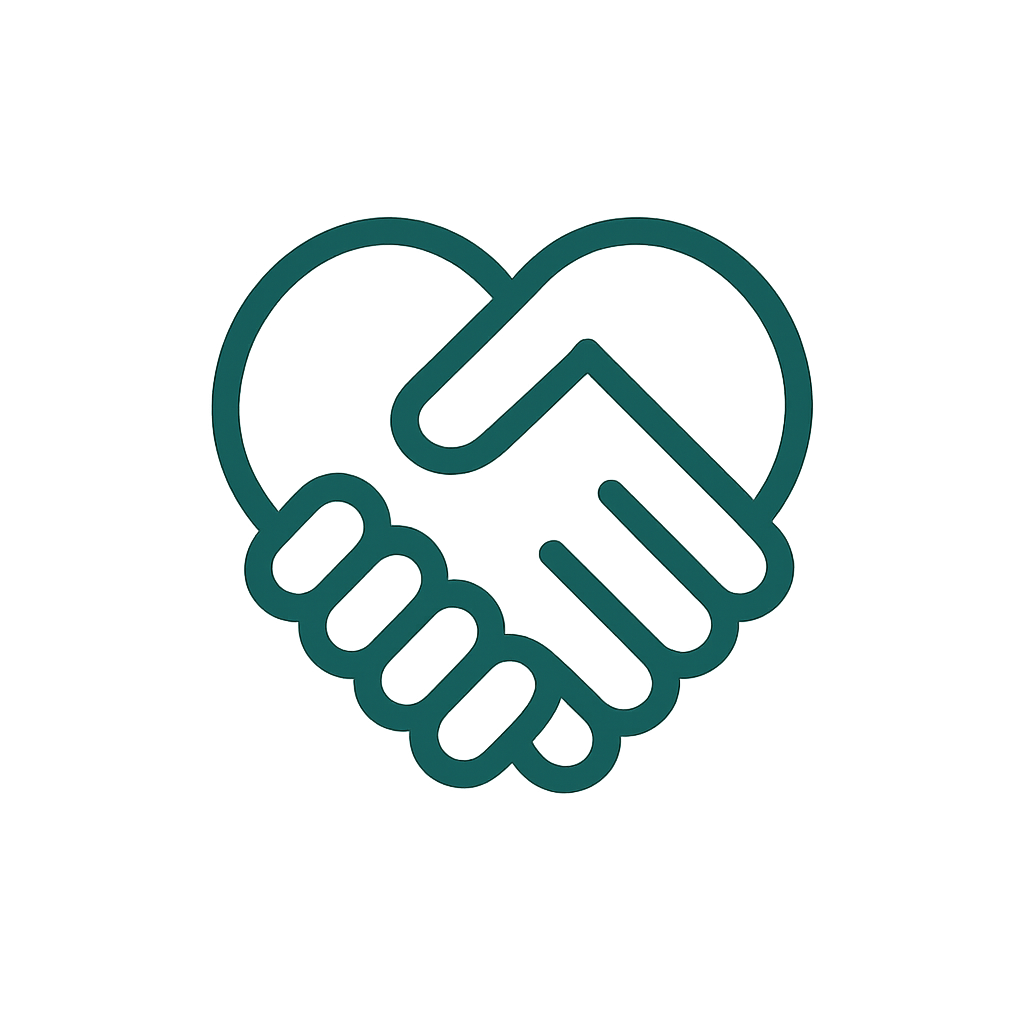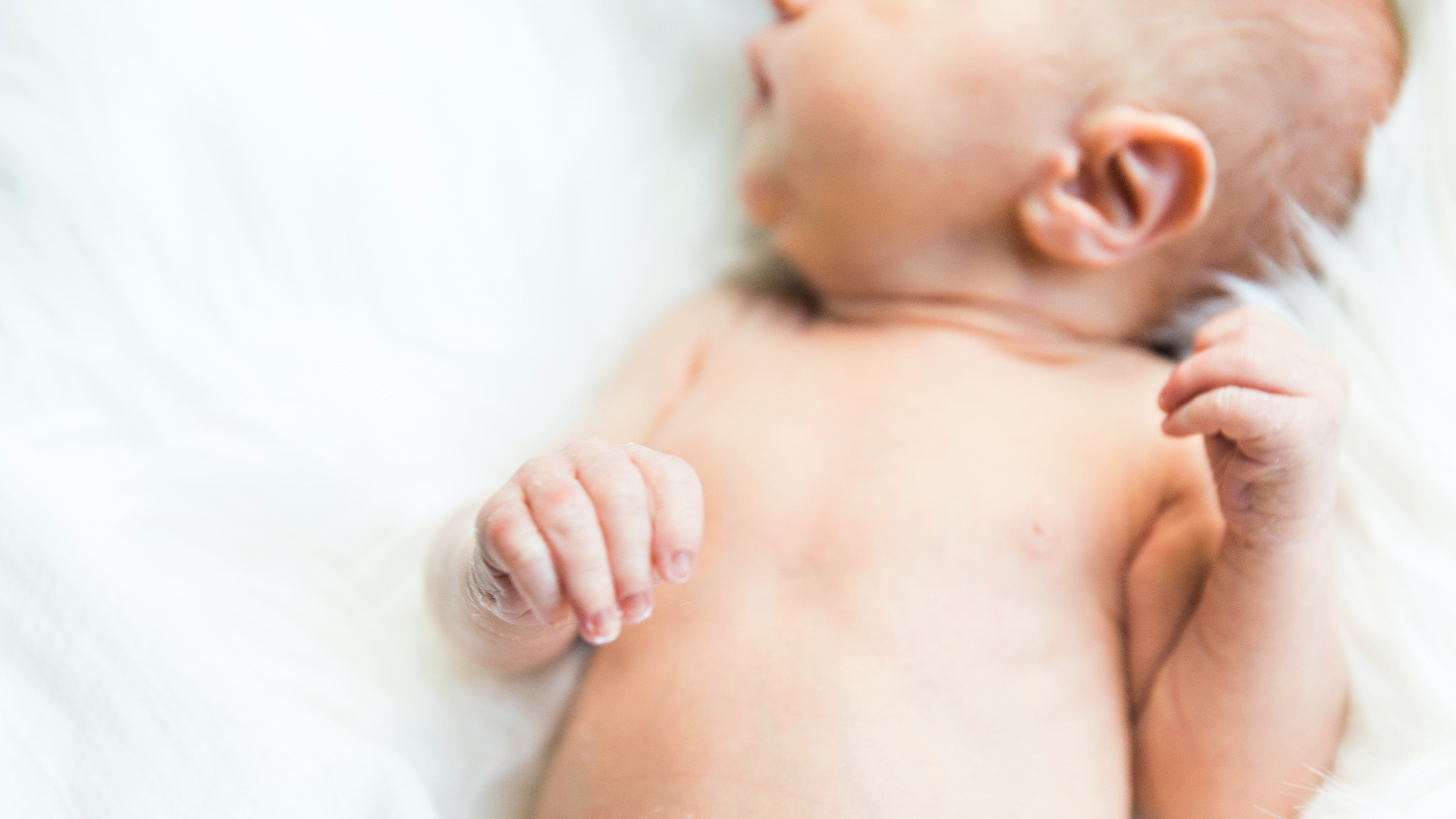Mothers with atopic dermatitis do not have it easy. You watch your baby or toddler suffer, you suffer with them, People look for solutions . And they may even blame themselves, since the origins of the disease are not fully understood, and environmental and genetic factors also play a role.
Dr. Schallaböck summarizes for us the best course of action when babies or small children develop atopic dermatitis.
"When I look at my healthy boy today, it almost seems like a nightmare to me how much he suffered as a baby. And with him, the whole family. Of course, as a doctor, I had an advantage – I could diagnose the symptoms and had the solutions from conventional medicine at my fingertips. But I was ill-equipped to deal with the suffering and the failure of all my attempts. I only found a solution with the development of KAMI SOS skin care oil. Today, I would like to share some "accompanying" information that might make it easier for you to cope with the condition."
Atopic eczema (also known as atopic dermatitis) is now the most common childhood skin disease in industrialized countries. Atopic dermatitis is chronic and usually occurs in bouts. Including mild forms, approximately 15% of children are affected. It usually fades during school entry or puberty. However, many recovered patients struggle with problematic skin for life, often caused by long-term cortisone use.
In 85% of cases, the first symptoms appear in the first year of life:
These are atopic dermatitis symptoms that often occur in babies:
- Newborns often have dry skin or red, weeping areas in the skin folds;
- From the 2nd to 4th month, blurred, red or even weeping lesions form on the cheeks, head and extensor sides of the arms and legs, sometimes with blisters, scales or even crusts;
- The diaper area, however, is usually left out;
- Bacterial infections often develop on these areas of inflammation, causing yellow crusts and oozing; this is called bacterial exacerbation.
- These rashes are accompanied by intense itching, often accompanied by sweating, which then leads to scratching. This is particularly aggravating because bacteria can enter through these scratched areas. The mechanical irritation also causes the release of messenger substances called mast cells, which further stimulate the immune process and thus the atopic dermatitis.
Itching is the main symptom of atopic dermatitis and the cause of the greatest suffering for those affected. Not to mention that the entire family increasingly suffers from sleep deprivation, a guilty conscience, and helplessness.
How does atopic dermatitis develop and what are the triggers
The repeated talk of genetic predisposition certainly doesn't ease parents' consciences. If parents are affected or suffer from asthma and hay fever, the risk increases many times over. However, this doesn't explain the increasing incidence of the disease. Research therefore sees a connection with our lifestyle, which doesn't adequately "train" children's immune systems in early years.
The disease is usually triggered by a trigger; possible, individually different trigger factors include:
- Allergens such as food, pollen or dust mites, pets;
- infections;
- Stress and exhaustion;
- tooth eruption;
- Irritants such as detergents, cosmetics, clothing or sweat;
- Climatic factors such as the change of seasons.
However, it has been shown that avoiding these triggers cannot completely prevent the onset of the disease. For example, studies show that delaying the introduction of complementary foods had no effect; in fact, it actually exacerbated it.
It has also not yet been proven that long-term breastfeeding reduces the tendency to develop atopic dermatitis, even though the positive effects of breastfeeding on the immune system have been proven.
Rather, it is recommended to closely observe the attacks and subsequently minimize triggers through greater awareness.
What is happening in the body?
As mentioned, the causes and processes involved have not yet been sufficiently researched, and a multifunctional disorder is likely. However, it is certain that atopic dermatitis is NOT a psychosomatic illness or is originally caused by psychological problems. However, the following are certain:
- Abnormalities in the immune system, particularly altered behavior of defense cells;
- There are differences from "normal" allergies; there are more similarities to autoimmune diseases. At the same time, however, people with atopic dermatitis are also more susceptible to additional allergies.
- Increased sensitivity and reaction to changes in diet, daily routine or vaccinations, even in the absence of allergies;
- Disruption of the skin's barrier function: The protective acid mantle is impaired, the sebaceous glands suffer from hypofunction, the skin becomes very dry, which also increases the itching!
- The autonomic nervous system is more vulnerable: blood vessels contract more strongly in cold weather, people with neurodermatitis sweat less or very heavily;
- Increased susceptibility to disorders of the gastrointestinal tract;
- Hypersensitivity in all areas of everyday life, mental balance is quickly disrupted.
What should you do if your baby shows signs of atopic dermatitis?
Atopic dermatitis is not easy to treat, and dogmas should be avoided. Every patient reacts differently; what helps one person may worsen the skin in another. It is also often reported that certain remedies and methods work for a while and then suddenly stop working.
It has also been shown that allergy tests aren't really that effective. People with atopic dermatitis react to many things, and eliminating the allergen may bring short-term relief, but the long-term consequences must be balanced against other consequences, such as malnutrition. Instead, triggers for flare-ups should be identified through careful observation.
The right treatment must therefore be developed individually and found through trial and error. In general, a distinction must be made between basic care and the treatment of acute attacks:
- Acute treatment: Many of my patients and KAMI customers confirm that KAMI SOS Skin Care Oil or KAMI SOS Skin Care Balm have helped them a lot, especially with the itching. However, sometimes treatment with cortisone creams for a limited period of time is a necessary evil, and there are different concentrations available. Your doctor will recommend the correct dosage and application; a "tapering" phase is often recommended. It's best to apply the products after bathing, when the skin is still moisturized and can absorb the active ingredients better.
- Basic care: Oily products that strengthen the skin barrier should be used here. Additional cold protection is recommended in winter. Our KAMI products are ideal for this, as they sustainably strengthen the skin barrier. Bathing and washing should also be done with moisturizing products, without soap, such as our KAMI Wash Fluid. It's best not to wash your hair in the shower or bathtub to avoid skin contact with the shampoo; it's better to do it while leaning forward in the sink.
I'd like to conclude with the medical explanations here. I'll save the tips for living with a child with atopic dermatitis for one of the following blogs.
I hope this article was interesting for you and I look forward to your feedback at info@kami-skincare.com Do my tips help you in your everyday life? Write to me!
Kind regards
Your Kerstin
Read here Further tips for everyday life with babies or children who suffer from atopic dermatitis.








